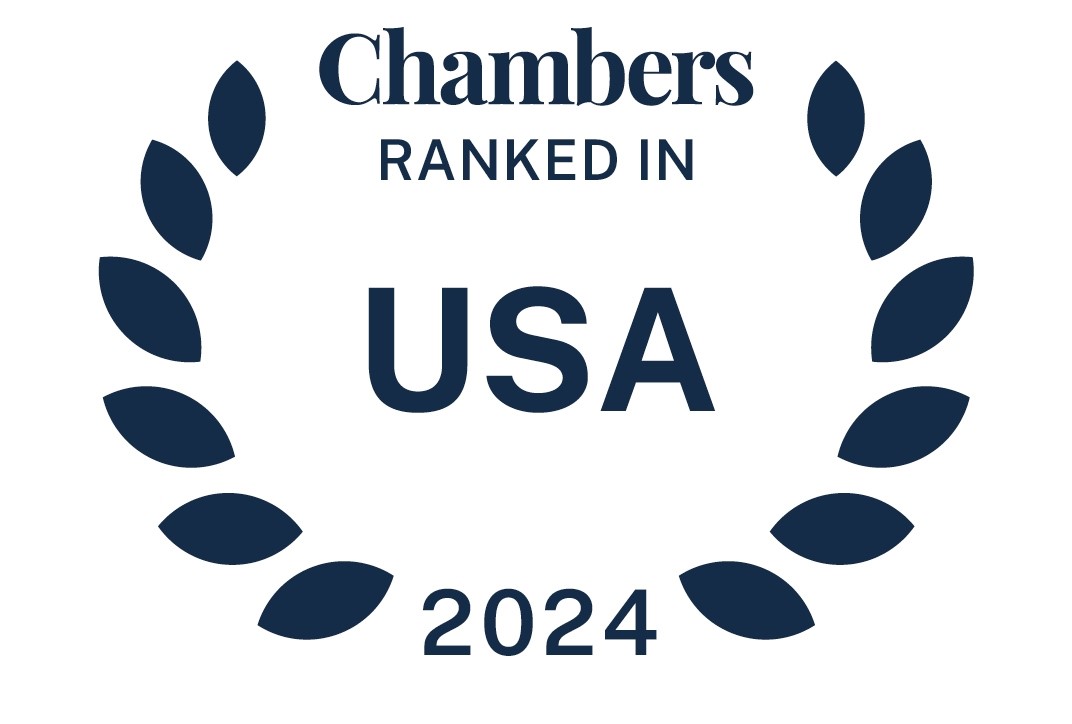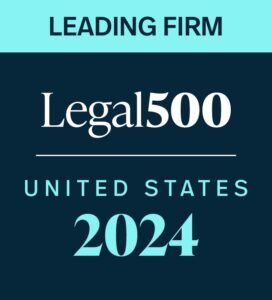For 2020, legislation enacted in December of 2019 dramatically increases penalties imposed by the Internal Revenue Code (the Code) for late filing of certain employee benefit plan notices and reports. In addition, a final rule published by the Department of Labor (DOL) makes inflation adjustments to a wide range of penalties. Learn the penalty amounts that apply beginning in 2020.
read more


 Subscribe
Subscribe




